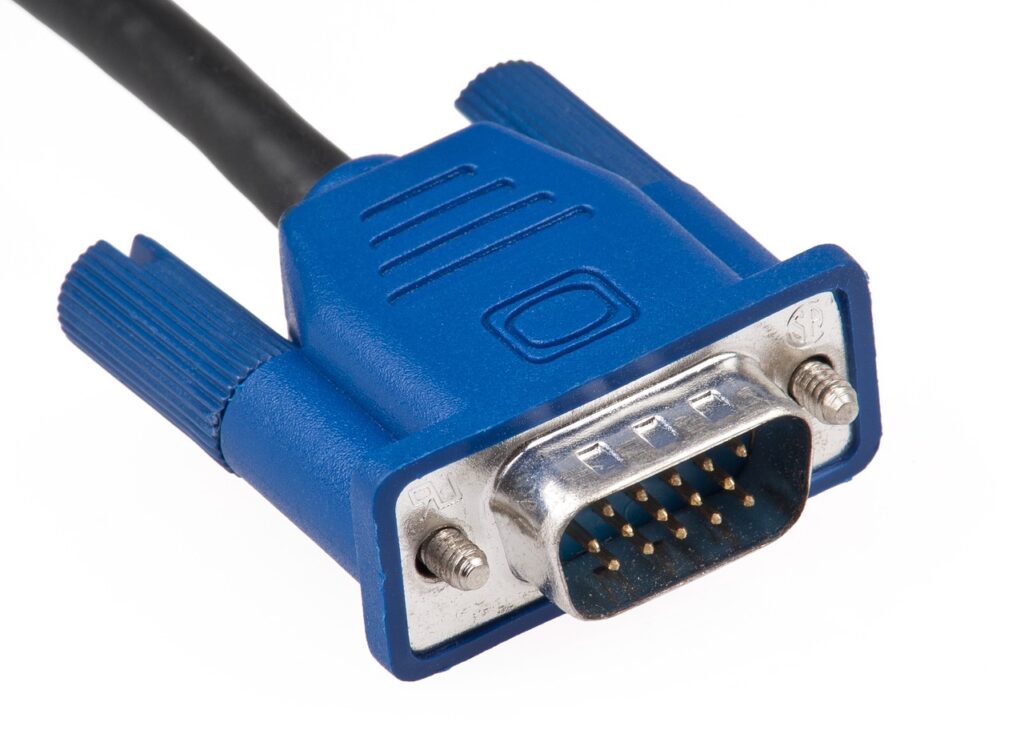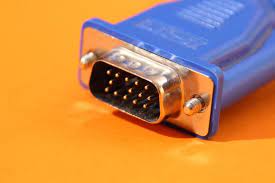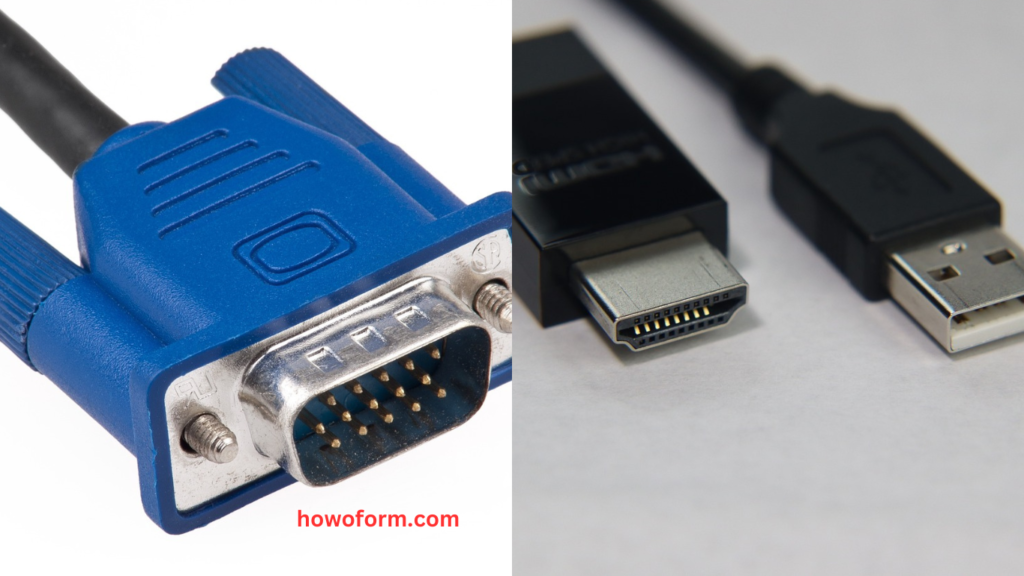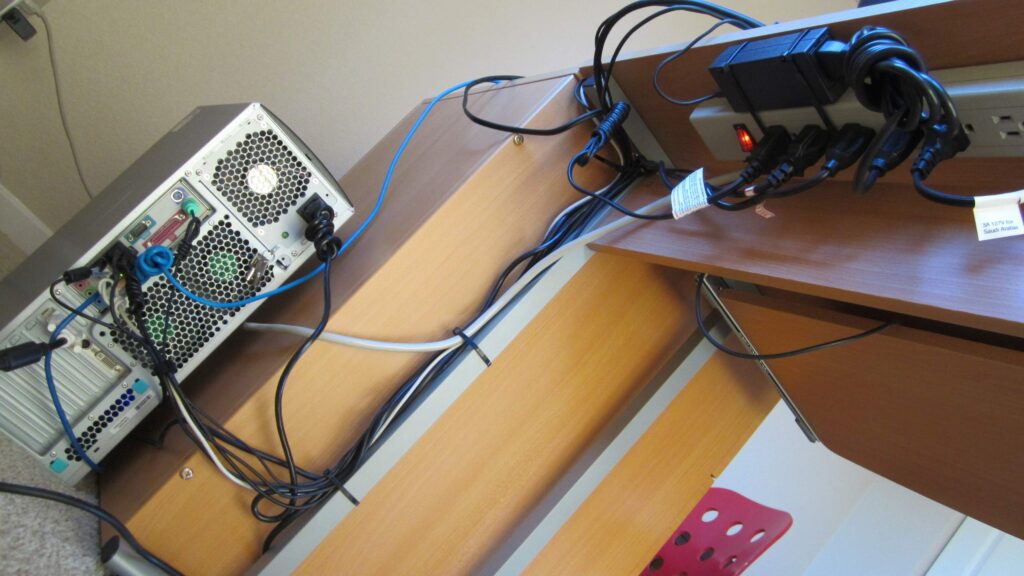Introduction
In moment’s technologically advanced world, the need for flawless connectivity between bias has come decreasingly vital. Whether you are a gaming sucker, a professional working with multiple defenses, or simply someone looking to enhance their multimedia experience, the VGA lines is an essential tool that bridges the gap between colorful bias. In this composition, we will claw into the world of VGA lines, exploring their purpose, functionality, and how they’ve evolved to meet the demands of ultramodern connectivity.
Table of Contents
What Is a VGA Cable?
A VGA (Video Graphics Array) cable is a type of cable used for transmitting analog video signals between devices. It is a widely recognized standard for video connectivity and has been in use since its introduction by IBM in 1987. The VGA string is primarily used to connect computers, laptops, gaming consoles, and other bias to observers, projectors, and boxes.

Understanding VGA Cable Basics
VGA lines consist of multiple wires encased in a protective sheath. The cable terminates with a VGA connector on both ends. The VGA connector is typically blue in color and has 15 pins arranged in three rows. These pins carry the analog video signals, allowing for the transmission of visual data from the source device to the display device.

The Evolution of VGA Cables
To keep up with the needs of contemporary display resolutions, VGA technology has experienced numerous developments since its introduction. The original VGA standard supported a maximum resolution of 640×480 pixels. However, with subsequent iterations, VGA lines have improved their resolution capabilities. VGA connections can now handle higher-quality screens with resolutions up to 2048×1536 pixels.
VGA Cable vs. HDMI Cable: A Comparison
The following are the two types of lines used for videotape transmission lines for VGA and HDMI( High- description Multimedia Interface). VGA cables are analog, while HDMI cables are digital. HDMI cables offer several advantages over VGA lines, including support for higher resolutions, better audio transmission, and compatibility with modern devices. However, VGA lines still have their place, particularly with older devices or specific applications where HDMI is not available.

Connecting a VGA Cable to HDMI: Exploring the Possibilities
Still, you can use a VGA to HDMI motor If you need to connect a device with a VGA affair to a device with an HDMI input.. These converters allow for seamless signal conversion, enabling VGA-compatible devices to communicate with HDMI devices without compromising the quality of the video signal. VGA to HDMI converters are especially useful when connecting older computers to modern televisions or monitors.

Common Uses of VGA Cables
VGA cables find utility in a variety of applications. They are commonly used in business settings for presentations and conferences, allowing laptops to connect to projectors or large screens. Gamers often rely on VGA lines to connect their gaming consoles or computers to monitors, ensuring smooth and responsive gameplay. Additionally, VGA lines are popular among individuals who prefer using multiple monitors for multitasking or creative work.
Factors to Consider When Purchasing a VGA Cable
When buying a VGA string, several factors should be considered to insure optimal performance. These factors include cable length, cable thickness, shielding quality, and connector durability. It is also important to consider the resolution requirements of your devices to ensure compatibility and prevent any potential loss of image quality.
How to Connect a VGA Cable to a Monitor
Connecting a VGA wire to a observer is a simple process. Locate the VGA port on both your computer or device and the monitor, and securely connect the cable into the ports. Ensure that the cable is firmly attached to prevent any signal disruptions.In some cases, you may need to edit the display settings on your device to assure the correct resolution and aspect rate.

Troubleshooting VGA Cable Issues
While VGA cables are generally reliable, occasional issues may arise. There are a few troubleshooting actions you may do if issues arise like flickering screens, distorted graphics, or no display at all. Check the cable for any physical damage, ensure proper connections, and adjust the display settings on your devices. These steps can help resolve common VGA lines issues and restore optimal performance.
Enhancing Your Display: Tips for Optimal VGA Cable Performance
The ensuing advice can help you get the finest display quality while getting the most out of your VGA connection:
To reduce signal downfall, keep the string as short as you can.
Use a VGA lines with adequate shielding to reduce interference from other electronic devices.
Avoid excessive bending or twisting of the cable, as it may damage the internal wires.
Clean the cable connectors regularly to maintain good contact and prevent signal loss.
Opt for high-quality VGA lines with gold-plated connectors for enhanced signal transmission.
Future Prospects: The Role of VGA Cables in an Evolving Digital Landscape
As digital technology continues to advance, VGA lines may gradually become less prevalent. HDMI and other digital connection standards offer superior performance and compatibility with newer devices. However, VGA lines will likely continue to find relevance in certain contexts, particularly with older devices or specialized applications. It is crucial to keep up with the most recent innovations in display technology in order to guarantee future seamless connectivity.
Conclusion
VGA lines play a crucial role in bridging the gap between devices and facilitating visual communication. From their introduction in the late 1980s to their continued use in the digital age, VGA lines have been a reliable solution for video connectivity. Whether you’re connecting a computer to a monitor, delivering a presentation, or enjoying gaming sessions, VGA lines offer a trusted method of transmitting analog video signals.
FAQs
Q: What does VGA stand for?
A: VGA stands for Video Graphics Array.
Q: Can I connect a VGA cable to a TV?
A: Given that numerous new TVs no longer have VGA connectors, a VGA string can be connected to an HDMI input on a ultramodern television using a VGA to HDMI tool.
Q: Are VGA cables still relevant in a world dominated by HDMI?
A: While HDMI has become the primary connection standard, VGA lines are still relevant for older devices or specific applications where HDMI is not available.
Q: How long can a VGA cable be?
A: VGA lines can typically be extended up to 30 meters (approximately 100 feet) before experiencing signal degradation.
Q: Can I use a VGA cable for high-definition content?
A: Although VGA lines can transfer high-definition resolutions, they may not perform as well as HDMI cables, which are made expressly for high-definition material.
1 thought on “VGA Cable: Supercharge Your Display with Crisp Visual”